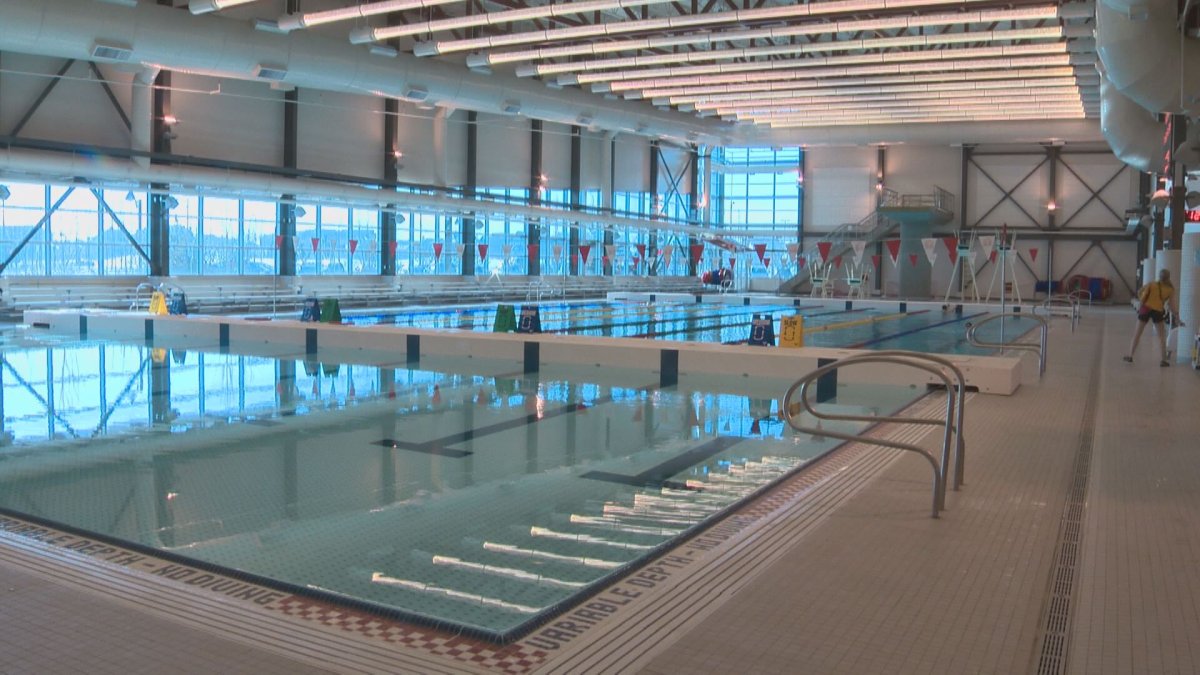A suggestion from the Edmonton Chamber of Commerce that city taxpayers are getting soaked by high operating costs at city run recreation centres has been disputed by city staff.

The first in a series of policy bulletins released Wednesday by the chamber claims rec centre operating costs have gone up $17 million in the past five years.
The bulletin counters that Calgary has contracted its four most recent rec centres, meaning taxpayers aren’t on the hook for operating costs.
Chamber president Janet Riopel said costs have grown from $38 million in 2013 to $55 million in 2018, a 41 per cent increase.
“We think it’s worth questioning whether providing the quality facilities that citizens of Edmonton deserve can be better achieved perhaps by the city partnering with other organizations.”
However, the numbers quoted by the chamber aren’t a true reflection since facilities were reassigned in a department reorganization last year.
“It isn’t just an apples-to-apples comparison of the same facilities and the same services going up 41 per cent,” said Roger Jevne, the branch manager for community and recreational facilities.

Get weekly health news
“It’s really a bunch of additional services and new facilities were also added to the budget.”
He cited two more rec centres in Clareview and the Meadows, adding to the cost over that time period, as well as absorbing the Orange Hub from MacEwan University, the new downtown community arena attached to Rogers Place, and the addition through a corporate reorganization that added sports fields, river valley parks, City Hall and event attractions like the zoo to department expenses.
“Certainly costs have gone up, but nowhere in the 41 per cent range.”
Councillor Bryan Anderson was famous for saying at budget time on council over the years: “If swimming pools made a profit, they’d be everywhere.”
Riopel agrees pools come at a cost but suggests there are ways to mitigate that.
“There’s many other things in there that can offset their costs.
“The ‘Y’ or another private operator is more than capable of providing a full range of programming and services,” Riopel said. “So that means the centres become self sufficient. That means that they don’t require any form of government subsidy.
“That means the taxpayers aren’t on the hook for programming and facility operations and all the maintenance and the renovations that are required over time.”
Jevne said from time to time, the city looks at bringing in third parties. An example he pointed to was in the planing process for the Terwillegar Rec Centre.
“We did a formal P3 at the time. It was back in 2008 and at the end of that process we concluded it just wasn’t value for money.”
He said the city has agreements in place that mean some users pay less than the full shot, like the school boards under the joint-use agreement, or another access agreement for low-income residents.
“Or some of the subsidies we provide to minor sports groups and priority to things like minor hockey or minor basketball for booking times and facilities as opposed to just renting it to adults at a higher rate.”
The City of Edmonton is putting together its 2019-2022 operating budget, which will be released in November 2018.
The chamber has its Municipal Budget Task Force and has been working with the city to provide ideas in an effort to find savings and keep property tax increases as low as possible.






Comments